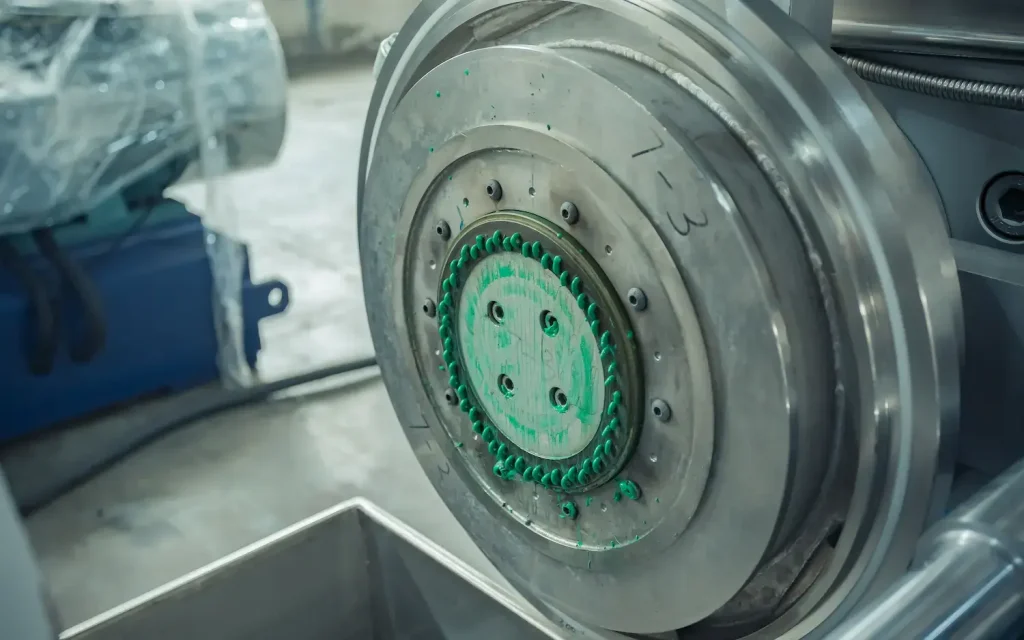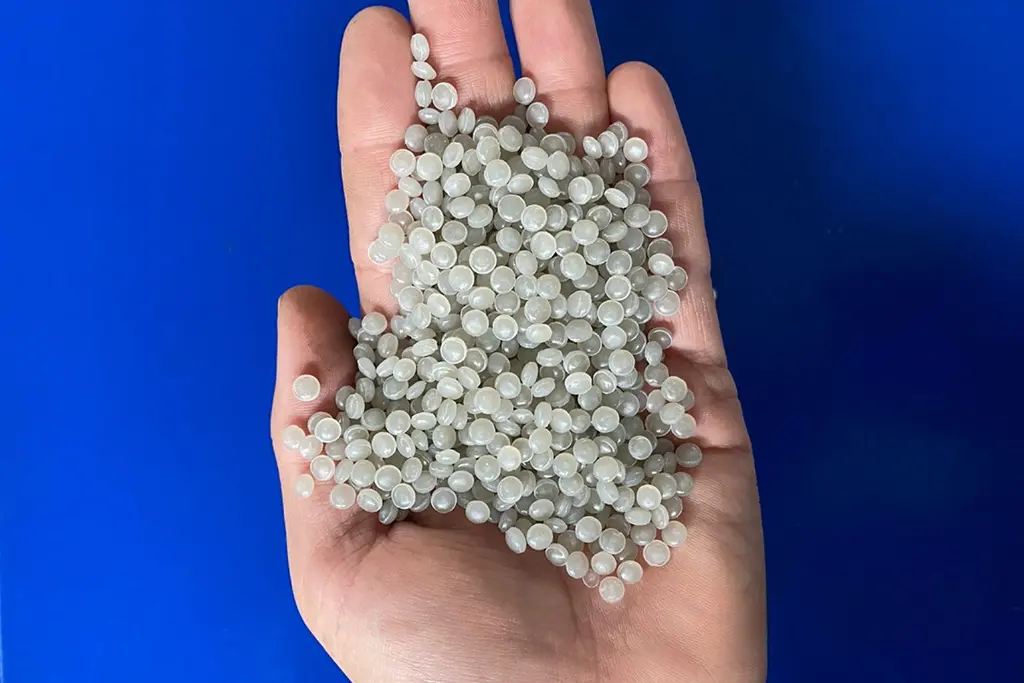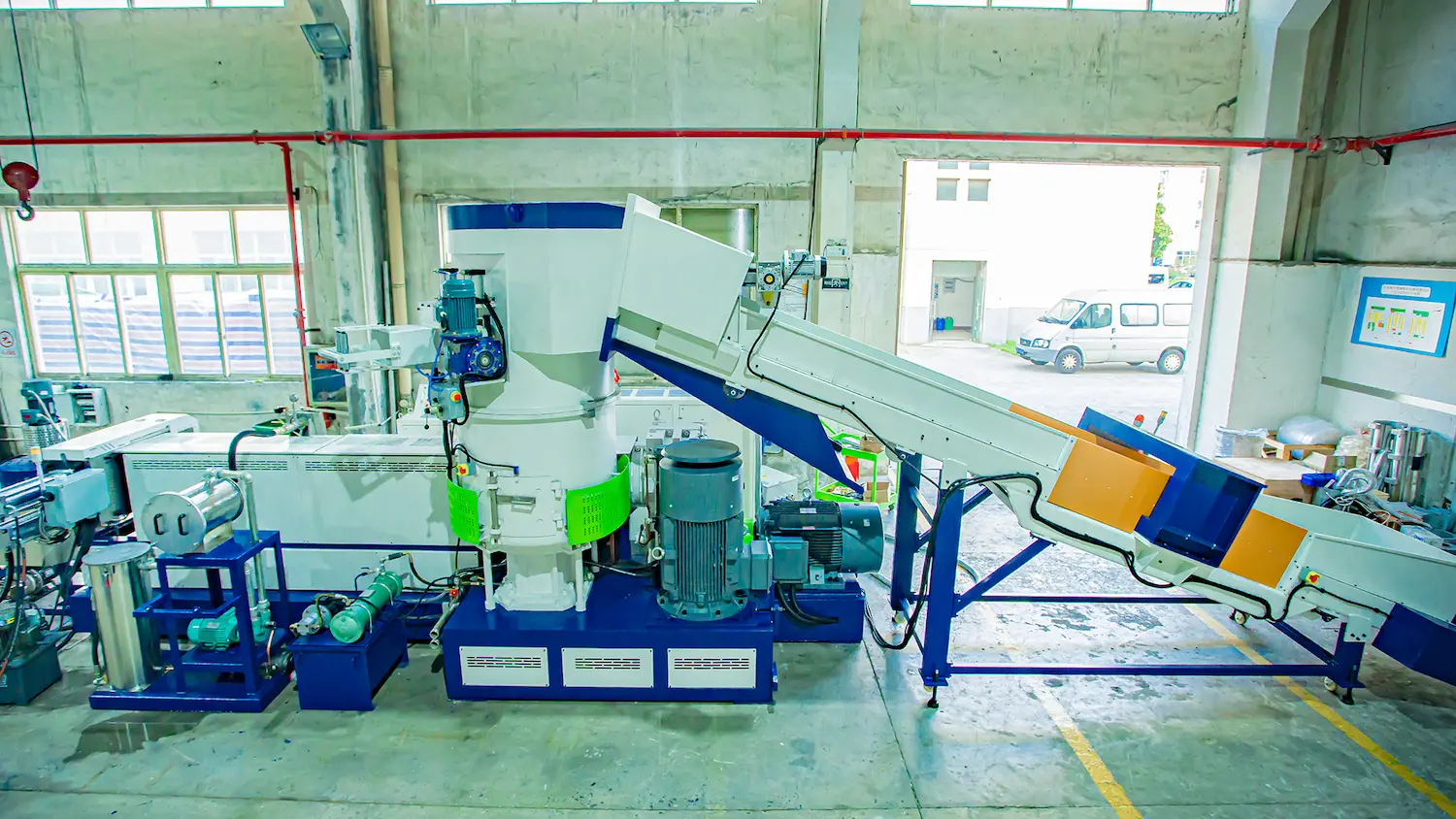In the realm of plastic recycling and manufacturing, the muovin pelletointikone stands as a cornerstone technology. This machine not only champions environmental sustainability by recycling plastic waste but also plays a pivotal role in the plastic production industry. Let’s delve into the intricacies of this machine, its functions, and its significance in various industries.
What is a Plastic Pelletizing Machine?
A plastic pelletizing machine is a specialized piece of equipment used in the conversion of raw plastic materials into small, uniform pellets. These pellets, often referred to as granules, are then used as raw materials for producing a wide range of plastic products. The process involves several steps, including melting, extrusion, cutting, and cooling of plastic materials.
How Does Plastic Pelletizing Work?
The process begins with feeding plastic waste or raw materials into the machine. This material is then melted and pushed through a screw conveyor towards a die face cutter. As the plastic extrudes from the die, it is cut into pellets and subsequently cooled, usually in a water bath or on a cooling conveyor.

Types of Plastic Pelletizing Machines
There are various types of pelletizing machines, each suited for different kinds of plastics and processes:
- Strand Pelletizers: Ideal for processing thermoplastics, these machines cut extruded strands into pellets.
- Underwater Pelletizers: Best for high-volume production, they cut pellets directly in a water slurry.
- Water Ring Pelletizers: Similar to underwater types but use a high-speed rotating blade in a water-filled chamber.
Applications of Pelletized Plastics
Pelletized plastics are used in a multitude of industries, including:
- Packaging: Producing plastic bags, containers, and wrappings.
- Autoteollisuus: Manufacturing components like dashboards, bumpers, and interior panels.
- Construction: Creating piping, flooring, and insulation materials.
Benefits of Using a Plastic Pelletizing Machine
- Recycling Efficiency: These machines play a crucial role in recycling plastic waste, reducing environmental impact.
- High Pelletizing Rate: Modern machines ensure a high conversion rate, minimizing waste.
- Diverse Material Handling: Capable of processing various types of plastics, including PET, PVC, and HDPE.
- Energiatehokkuus: Advanced models operate with lower energy consumption, making them cost-effective.
Choosing the Right Plastic Pelletizing Machine
When selecting a pelletizing machine, consider factors like the type of plastic material, production capacity, and the desired pellet size. It’s also essential to look for machines with easy operation and maintenance features, as well as long-lasting durability.

UKK
- What does a plastic pelletizing machine do?
- It converts raw or waste plastic into uniform pellets for use in manufacturing various plastic products.
- How do you pelletize plastic?
- Plastic is melted, extruded through a die, cut into pellets, and then cooled.
- What is pelletized plastic used for?
- It’s used in producing a wide range of products, including packaging materials, automotive parts, and construction materials.
- What industries use plastic pellets?
- Industries like packaging, automotive, construction, and electronics extensively use plastic pellets.
In summary, the muovin pelletointikone plays a crucial role in today’s plastic industry, fostering recycling and enhancing productivity. Its versatility and efficiency make it an indispensable asset in the journey towards a more sustainable future.
KYSELYT
Saadaksesi viimeisimmät hinnat ja toimitusajat, lähetä meille viesti alla olevalla lomakkeella.
[contact-form-7 id=”c9499fe” title=”Contact form 2″]



